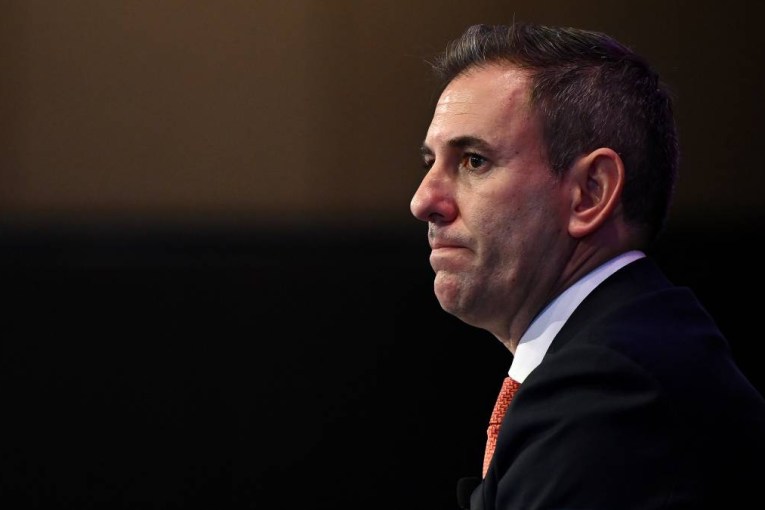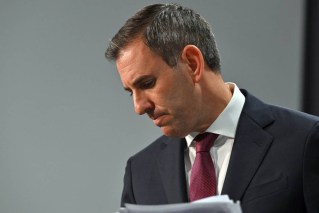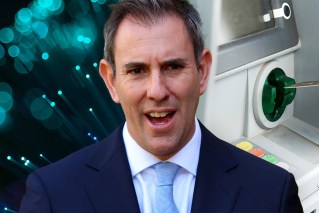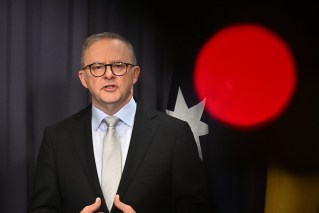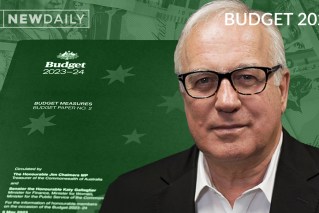Budget 2019: What the income tax cuts will mean for your bottom line


Labor's position on the tax-cut package will be determined in large part by how parliament's crossbench independents are leaning. Photo: Getty
The Morrison government has bet the house to win the 2019 election, offering tax cuts on top of tax cuts for low- and middle-income earners and cutting one wide-ranging tax bracket.
Treasurer Josh Frydenberg’s first budget not only proposed doubling the low- and middle-income tax offset, but in 2024 will lower the 32.5 cents tax bracket to 30 cents, which the government claims will capture 94 per cent of all Australian workers.
While the dollar figures being thrown around may seem enticing to voters, it’s all contingent on the outcome of next month’s election – and even the election after that.
The Coalition had initially aimed to push the changes through as early as Wednesday, with Labor seeming likely to vote at least for the doubling of the tax offset.
That would have meant taxpayers could have had the benefit of the offset when they lodged their tax returns this year.
Mr Frydenberg threw a spanner in the works on Tuesday afternoon, saying the Coalition did not trust Labor to pass the tax cuts package, and would hold back the legislation until after the election, effectively making the federal election a referendum on which party represented the best tax relief.
What the cuts could look like
If passed after the election, the beefed-up offset will mean singles earning up to $126,000 can claim a maximum of $1080, and couples a maximum of $2160 (double the $540 for singles $1080 for couples legislated in last year’s budget) when they lodge their tax returns after June 30.
The maximum offset of $1080 will be available to singles earning between $48,000 and $90,000, tapering off to zero when it reaches a taxable income of $126,000.
The budget estimates the doubled offset will affect 10 million Australians, with 4.5 million receiving the maximum amount.
The other big change is the reduction of the 32.5 per cent tax bracket to 30 per cent for people earning between $45,000 and $200,000, but not kicking in until 2024.
The budget claims the boost to the offset and the change to a 30 per cent bracket will cost $158 billion, on top of the $144 billion cost of the cuts legislated by the government in 2018.
It also claims about 13.3 million taxpayers will ultimately pay permanently lower taxes in 2024-25 as a result of the changes.
But to realise that, the Coalition will need to win not just the next election but the following election – a big ask, given where they are currently in the polls.
While the two changes in this year’s budget do skew more favourably to low- and middle-income in the short term (from now until 2023), higher-income earners emerge ultimately as the biggest winners once the third phase of cuts is rolled out in 2024.
A household earning $100,000, for example, will get annual tax relief of $2160 in 2018-19, $2160 in 2022-23 and $2410 by 2024-25.
A household earning $200,000, however, can expect $1830 in 2018-19, $3330 in 2022-23, then jumping to $6080 by 2024-25.
Similarly, a single person earning $60,000 could claim tax relief of $1080 in 2018-19 and in 2022-23, and $1455 by 2024-25, while someone earning $120,000 could expect $315 in 2018-19, $2565 in 2022-23 and then $4440 by 2024-25.
Back in black
A surge in resources industry profits and tax revenue have boosted government coffers and allowed the government to forecast a surplus of $7.1 billion in 2019-20 – the first in 12 years and a turnaround of more than $55 billion since the 2013-14 financial year.
It has also forecast a smaller deficit in the 2018-19 year, down slightly from -$5.2 billion to -$4.2 billion, but a far cry from the -$14.5 billion deficit it predicted in the 2018 budget.
The government’s mid-year economic and fiscal outlook in December noted it had received $8.3 billion more than expected in the first half of the 2018-19 financial year, thanks largely to greater collections of individual and company taxes.
This budget has also forecast further surpluses of $11 billion, $17.8 billion and $9.2 billion over the following three years to 2023.
But forecasts are precisely that, as a procession of treasurers over the past decade has discovered, and the Coalition’s surpluses depend heavily on commodity prices remaining strong, a vigorous enough economy to allow healthy tax receipts and an annual economic growth rates of 2.75 per cent and 3 per cent, at a time when there are serious concerns about the health of the global economy.
In his budget speech, Mr Frydenberg noted “the global economy is slowing” while the budget papers noted a “high degree of uncertainty around the global growth outlook”.
Going after tax dodgers
The government has committed to going after substantial corporate tax dodgers, allocating more than $1 billion to strengthen the Australian Tax Office Tax Avoidance Taskforce. The work of the taskforce, it estimates, will raise up to $4.6 billion in tax liabilities over the next four years.
To date, the taskforce has ferreted out an extra $6.5 billion in tax liabilities and an extra $3.5 billion in tax collections.
The government claims that the ATO has raised $12.9 billion in tax liabilities of large public companies, multinationals and high net-worth individuals.
It also claims to have raised more than $5 billion from its investigation and pursuit of the black economy.

